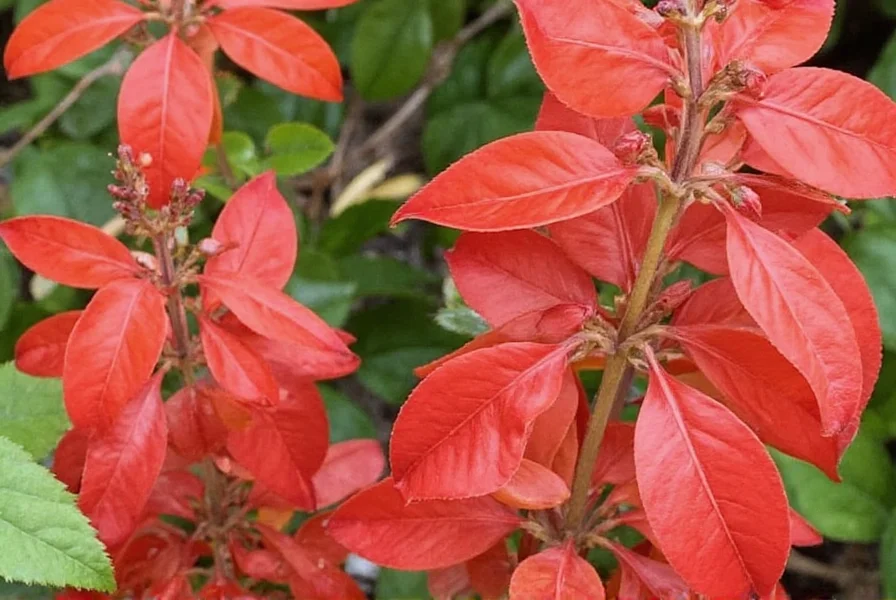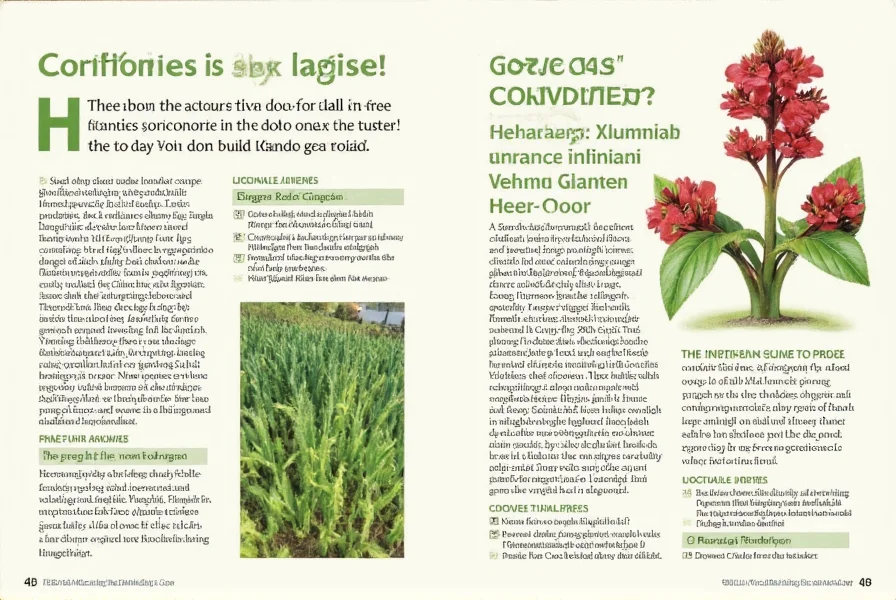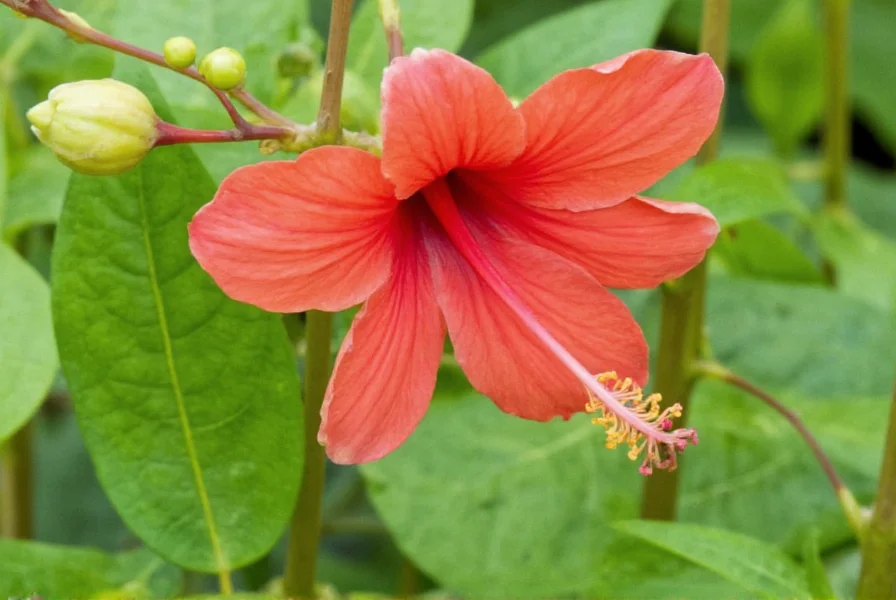Ginger Red 23111 represents a significant advancement in ginger cultivar development, specifically engineered to address common challenges faced by commercial growers while maintaining superior flavor profiles. This carefully selected variety has gained attention among agricultural specialists for its balanced combination of productivity, disease resistance, and marketable qualities.
Understanding Ginger Red 23111 Characteristics
Developed through selective breeding programs, Ginger Red 23111 distinguishes itself from traditional ginger varieties with several notable features. The "red" designation refers to the distinctive reddish hue of the rhizome's outer skin, which becomes more pronounced as the plant matures. This visual characteristic serves as a reliable identifier for farmers and processors.
The numerical designation 23111 indicates its specific registration within agricultural databases, following international cultivar naming conventions. This coding system helps track the variety's origin, breeding lineage, and specific trait improvements.
| Characteristic | Ginger Red 23111 | Standard Ginger |
|---|---|---|
| Maturity Period | 240-270 days | 270-300 days |
| Essential Oil Content | 2.8-3.2% | 1.8-2.5% |
| Yield (tons/hectare) | 35-42 | 25-32 |
| Disease Resistance | High (Fusarium) | Moderate |
Growing Requirements for Optimal Results
Ginger Red 23111 performs best in tropical and subtropical climates with specific environmental requirements. Unlike some traditional varieties, this cultivar demonstrates improved tolerance to moderate temperature fluctuations while maintaining quality.
Soil conditions significantly impact Ginger Red 23111 development. The variety thrives in well-drained loamy soils with pH between 5.5 and 6.8. While ginger generally prefers rich organic matter, Red 23111 shows better adaptation to less fertile soils than many conventional varieties, making it suitable for regions with marginal agricultural land.
Irrigation management requires careful attention during the critical rhizome bulking phase (approximately 150-210 days after planting). Consistent moisture levels prevent cracking while excessive water increases disease risk. Drip irrigation systems have proven particularly effective for maintaining optimal moisture without waterlogging.

Harvesting and Post-Harvest Handling
Timing the harvest correctly maximizes Ginger Red 23111's market value. The optimal harvest window occurs when approximately 80% of the foliage has naturally yellowed and dried. Harvesting too early reduces yield potential, while delayed harvesting can lead to skin toughening and reduced shelf life.
Post-harvest handling requires specific protocols to maintain the distinctive qualities of this cultivar. After careful digging and cleaning, rhizomes should undergo a 14-21 day curing period at 28-30°C with 70-80% humidity. This curing process enhances the characteristic red skin coloration and improves storage longevity.
Commercial Applications and Market Potential
Ginger Red 23111's higher essential oil content makes it particularly valuable for both culinary and processing applications. Food manufacturers seeking consistent flavor profiles increasingly specify this variety for:
- Specialty fresh market ginger products
- Essential oil extraction for flavorings and aromatherapy
- Pharmaceutical applications requiring standardized active compounds
- Organic certification programs due to reduced pesticide requirements
When comparing ginger red 23111 versus traditional varieties, commercial growers report 15-20% higher net returns despite similar production costs, primarily due to premium pricing for the distinctive red-skinned product and reduced crop losses from disease.
Growing Challenges and Solutions
While Ginger Red 23111 offers improved disease resistance, growers should implement integrated pest management strategies. The most common challenges include:
- Rhizome rot in poorly drained conditions
- Leaf spot diseases during extended rainy periods
- Nematode pressure in continuous cultivation systems
Successful cultivation of ginger red 23111 for commercial production typically involves crop rotation with non-host plants, proper field sanitation, and monitoring soil health parameters. The variety responds well to organic amendments, which further enhances its natural disease resistance properties.

Future Research and Development
Ongoing research focuses on expanding the adaptability of Ginger Red 23111 to different growing regions while maintaining its distinctive characteristics. Current breeding programs aim to develop sub-varieties with:
- Shorter maturity periods for northern growing regions
- Enhanced drought tolerance for water-limited areas
- Further improved disease resistance profiles
- Optimized essential oil composition for specific applications
As consumer demand for high-quality, consistent ginger products continues to grow, cultivars like Ginger Red 23111 represent important advancements in meeting market requirements while supporting sustainable agricultural practices.
Frequently Asked Questions
What makes Ginger Red 23111 different from regular ginger?
Ginger Red 23111 features a distinctive reddish skin color, higher essential oil content (2.8-3.2% compared to 1.8-2.5% in standard varieties), improved disease resistance particularly against fusarium wilt, and typically yields 35-42 tons per hectare compared to 25-32 tons for conventional ginger varieties.
How long does it take to grow Ginger Red 23111 to harvest?
Ginger Red 23111 reaches maturity in 240-270 days under optimal growing conditions. This is approximately 3-4 weeks faster than many traditional ginger varieties, which typically require 270-300 days to reach full maturity.
What climate conditions are best for growing Ginger Red 23111?
Ginger Red 23111 performs best in tropical and subtropical climates with temperatures between 25-30°C. It requires 1500-2500 mm of annual rainfall distributed evenly throughout the growing season. While it shows improved temperature tolerance compared to standard varieties, it remains sensitive to frost and extreme temperature fluctuations.
Is Ginger Red 23111 suitable for organic farming?
Yes, Ginger Red 23111 is particularly well-suited for organic farming due to its enhanced disease resistance, especially against fusarium wilt. Its reduced need for chemical interventions makes it a preferred choice for certified organic production systems when combined with proper crop rotation and soil management practices.
Where can I obtain authentic Ginger Red 23111 seed rhizomes?
Authentic Ginger Red 23111 seed rhizomes are available through certified agricultural suppliers and research institutions that maintain the original breeding stock. When sourcing, look for proper certification documentation to ensure you're obtaining the genuine cultivar rather than mislabeled alternatives commonly found in some markets.











 浙公网安备
33010002000092号
浙公网安备
33010002000092号 浙B2-20120091-4
浙B2-20120091-4